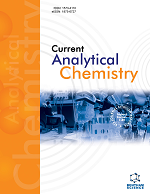
Full text loading...
Nanoparticles are widely used in manufacturing, daily life applications, and other fields because of their unique properties. However, the nanoparticles that end up in surface water are difficult to break down naturally and cause environmental hazards that cannot be ignored. In this paper, the migration mode of nanoparticles in the environment was proposed, and the factors affecting the removal efficiency of nanoparticles mainly include ionic strength, natural organic matter, surface properties, etc. The common methods for removing nanoparticles mainly include coagulation precipitation methods, activated sludge methods, membrane filtration methods, and adsorption methods. In addition, new technologies such as photothermal removal and electro-adsorption have also been applied to remove nanoparticles in water. In future research, combining the advantages of different removal methods and using different methods interactively to remove nanoparticles in water could become a new research direction.

Article metrics loading...

Full text loading...
References


Data & Media loading...

